Syringa Meyeri: The Earlyblooming Lilac That's Perfect For Small Gardens
Introduction
If you're looking for a beautiful and fragrant shrub that's perfect for small gardens, look no further than the Meyer lilac (Syringa meyeri). This compact, slow-growing shrub is known for its early spring blooms, which can range in color from white to pink to purple. Meyer lilacs are also relatively low-maintenance, making them a great choice for busy gardeners.
In this blog post, we'll take a closer look at the Meyer lilac. We'll discuss its history, its unique features, and its growing requirements. We'll also provide some tips on how to care for Meyer lilacs so that you can enjoy their beauty for years to come.
History of the Meyer lilac
The Meyer lilac was first discovered in China in 1909 by Frank Meyer, an American plant explorer. Meyer was working for the U.S. Department of Agriculture at the time, and he was sent to China to collect new plant species. He found the Meyer lilac growing in a garden near Beijing, and he brought it back to the United States.
The Meyer lilac quickly became popular in American gardens. It was prized for its early spring blooms, its compact size, and its relatively low-maintenance requirements. Today, the Meyer lilac is one of the most popular lilacs in the world.
Unique features of the Meyer lilac
The Meyer lilac has several unique features that make it a standout among other lilacs. First, it blooms much earlier than other lilacs. In most parts of the country, Meyer lilacs start blooming in late April or early May. This makes them a great choice for gardeners who want to enjoy early spring blooms.
Second, the Meyer lilac is a compact shrub. It typically grows to only 3-6 feet tall and 3-4 feet wide. This makes it a great choice for small gardens or patios.
Third, the Meyer lilac is relatively low-maintenance. It is drought-tolerant and can withstand a wide range of soil conditions. It is also relatively resistant to pests and diseases.
Growing requirements for the Meyer lilac
The Meyer lilac is a relatively easy plant to grow. It prefers full sun, but it can also tolerate partial shade. It does best in well-drained soil, but it can also tolerate some clay soils.
Meyer lilacs are not heavy feeders, so they do not need to be fertilized often. A light application of fertilizer in the spring will help to promote new growth and blooms.
Meyer lilacs are relatively pest- and disease-resistant. However, they can be susceptible to powdery mildew. If you notice powdery mildew on your Meyer lilac, you can treat it with a fungicide.
Caring for Meyer lilacs
The Meyer lilac is a low-maintenance plant, but there are a few things you can do to keep it healthy and looking its best.
- Water regularly, especially during the first year after planting.
- Fertilize in the spring with a light application of fertilizer.
- Prune in late winter or early spring.
- Remove any dead, diseased, or damaged branches.
Conclusion
The Meyer lilac is a beautiful and fragrant shrub that is perfect for small gardens. It is easy to grow and care for, and it will reward you with early spring blooms for many years to come.
If you are looking for a new shrub to add to your garden, the Meyer lilac is a great option. It is sure to add beauty and fragrance to your landscape.
For more information about Syringa meyeri, please visit Home Gardening.
FAQ of syringa meyeri
- How do I plant Syringa meyeri?
Syringa meyeri is a relatively easy plant to grow, but it's important to plant it in the right location. It prefers full sun and moist but well-drained soil. You can plant it in the spring or fall, but spring is the best time.
To plant Syringa meyeri, dig a hole that is twice as wide as the root ball and just as deep. Place the plant in the hole and backfill with soil, tamping down gently. Water well after planting.
- What are the different types of Syringa meyeri?
There are many different types of Syringa meyeri, but some of the most popular include:
Syringa meyeri 'Palibin' is a compact variety that only grows to be about 3 feet tall. It has fragrant white flowers that bloom in the spring.
Syringa meyeri 'Pink Fairy' is a pink-flowering variety that is also relatively compact. It grows to be about 4 feet tall.
Syringa meyeri 'Red Sensation' is a red-flowering variety that is a bit taller than the other two varieties. It grows to be about 5 feet tall.
What are the uses of Syringa meyeri?
Syringa meyeri is a beautiful plant that can be used in a variety of ways. It can be planted as a specimen plant, in a hedge, or in a border. It is also a popular choice for cut flowers.
In addition to its ornamental uses, Syringa meyeri has also been used for medicinal purposes. The various parts of the plant have been used to treat a variety of ailments, including cough, myocardial ischemia, acute icteric hepatitis, diarrhea, conjunctivitis, and bronchitis.
- How do I care for Syringa meyeri?
Syringa meyeri is a relatively low-maintenance plant, but there are a few things you can do to keep it healthy. Water it regularly, especially during the first year after planting. Fertilize it once a year in the spring with a balanced fertilizer. And prune it in the late winter or early spring to remove dead or diseased branches.
Image of syringa meyeri
10 different images of Syringa meyeri that are free to use:
A dwarf variety of Syringa meyeri, reaching only 3-4 feet tall. It has fragrant, pink flowers that bloom in late spring.
A more compact variety of Syringa meyeri, reaching only 4-5 feet tall. It has bright red flowers that bloom in late spring.
A variety of Syringa meyeri with pale yellow flowers. It blooms in late spring and is a good choice for areas with cool summers.
A variety of Syringa meyeri with very fragrant flowers. It blooms in late spring and is a good choice for areas with mild winters.
A variety of Syringa meyeri with white flowers. It blooms in late spring and is a good choice for areas with hot summers.
A variety of Syringa meyeri with deep pink flowers. It blooms in late spring and is a good choice for areas with mild winters.
A variety of Syringa meyeri with bright red flowers. It blooms in late spring and is a good choice for areas with hot summers.
A variety of Syringa meyeri with blue-purple flowers. It blooms in late spring and is a good choice for areas with mild winters.
A variety of Syringa meyeri with white flowers that have a faint purple tint. It blooms in late spring and is a good choice for areas with hot summers.
A variety of Syringa meyeri with large, fragrant flowers. It blooms in late spring and is a good choice for areas with mild winters.
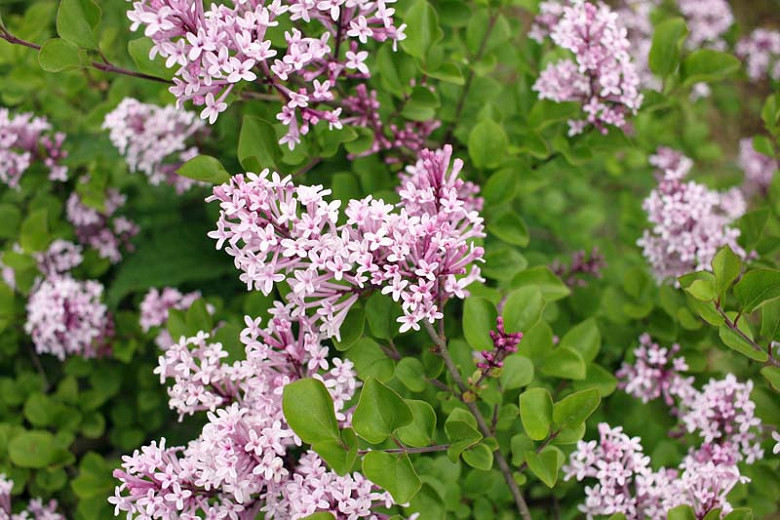
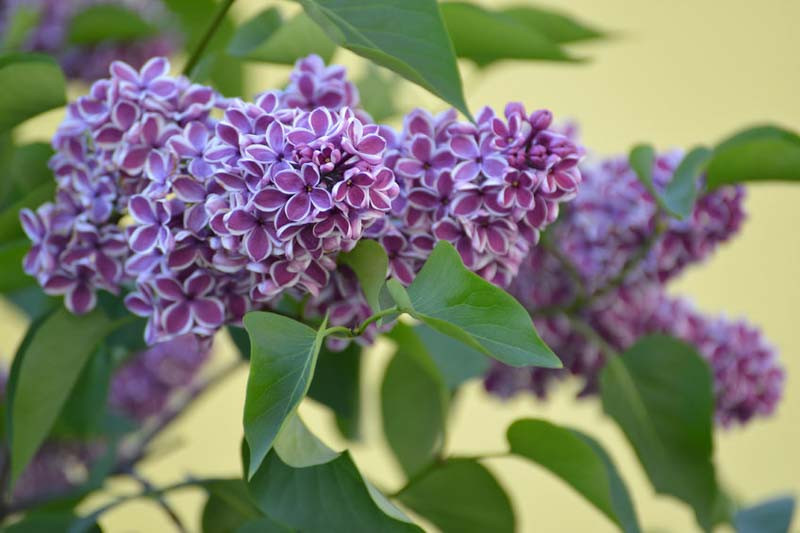
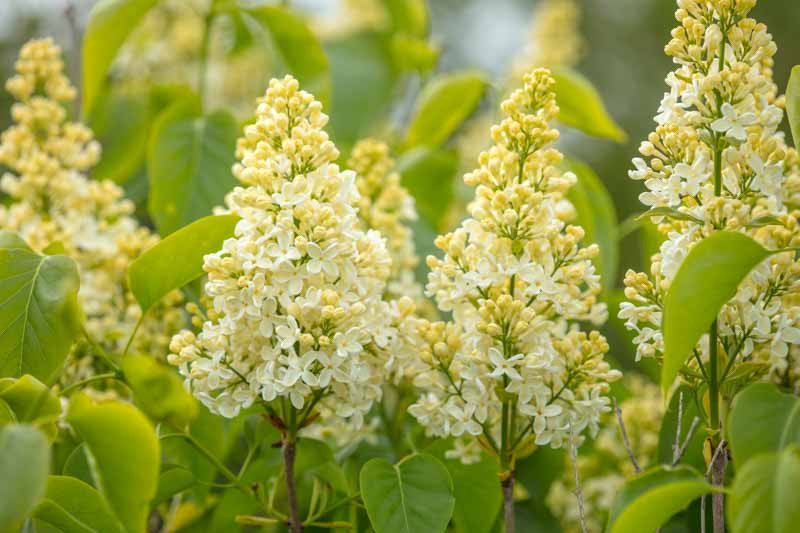

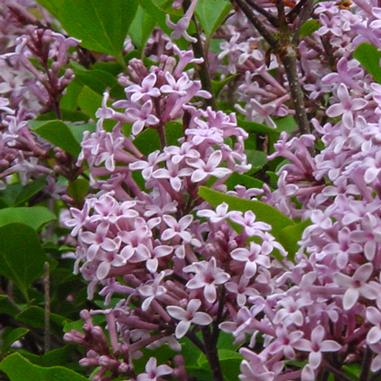

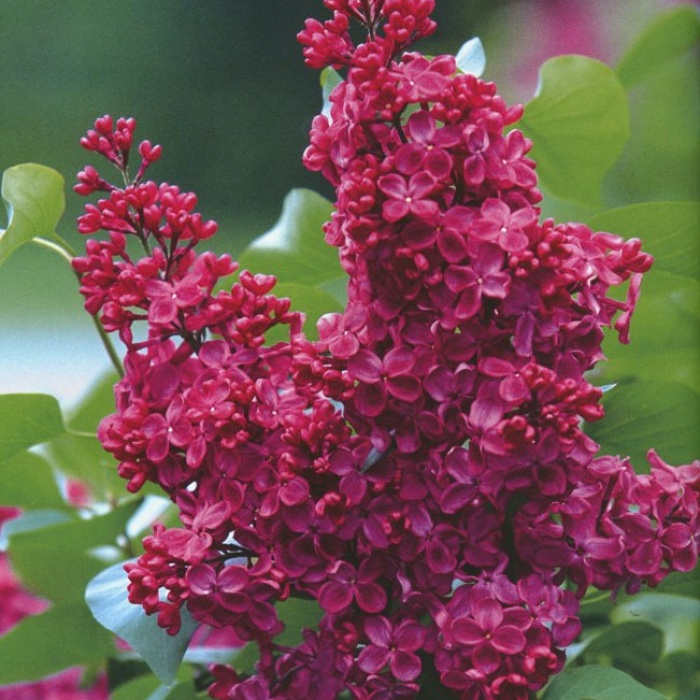
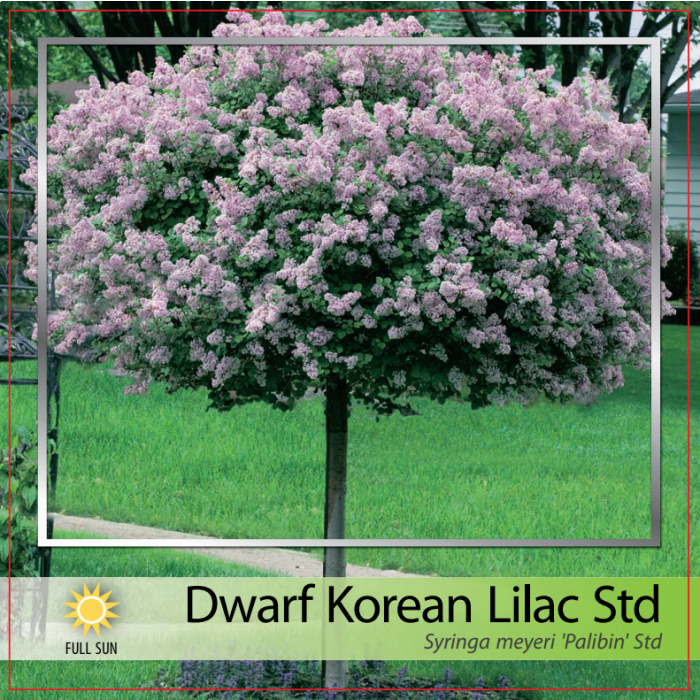
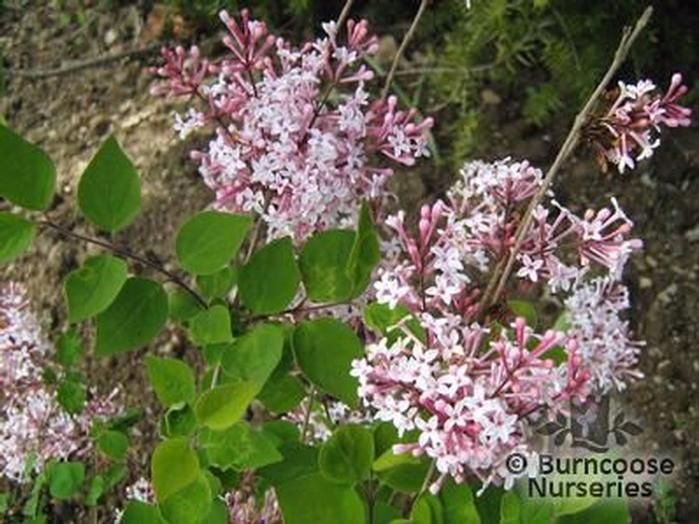

Post a Comment for "Syringa Meyeri: The Earlyblooming Lilac That's Perfect For Small Gardens"